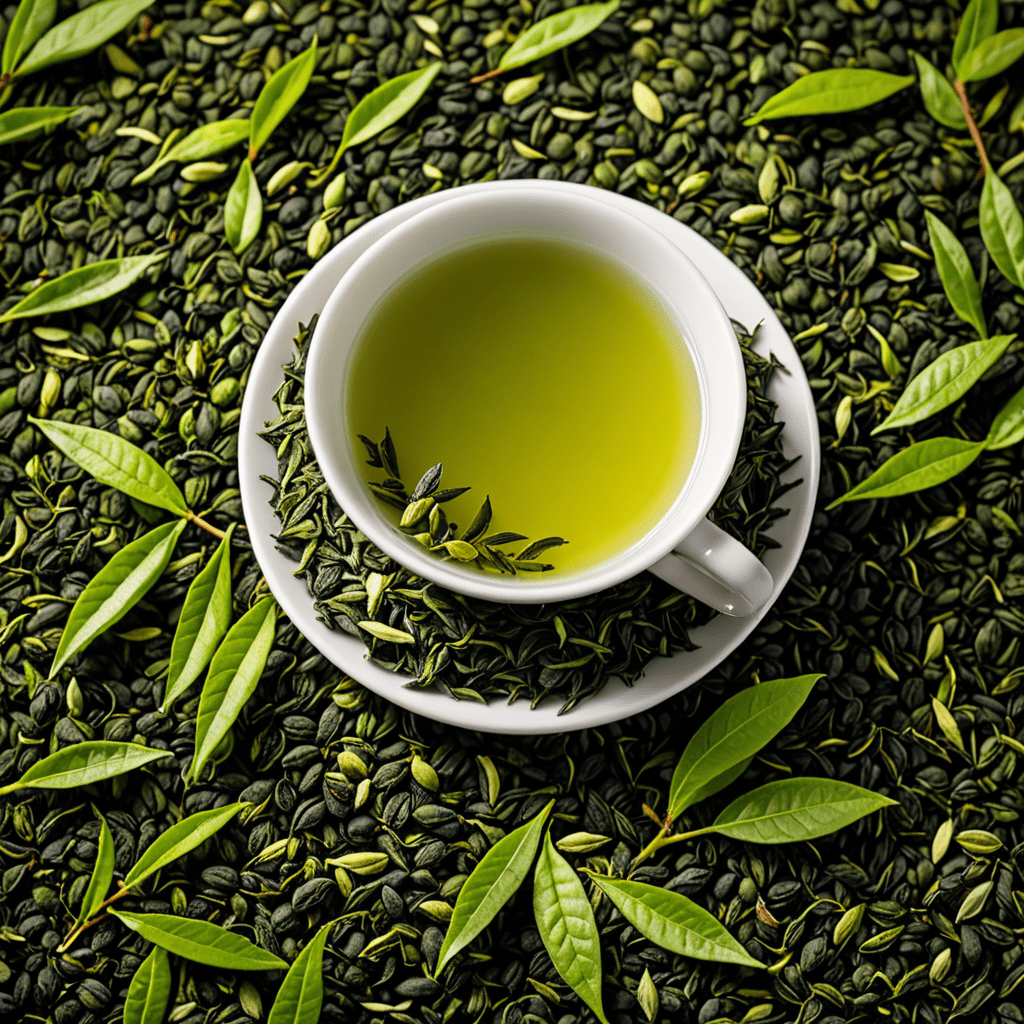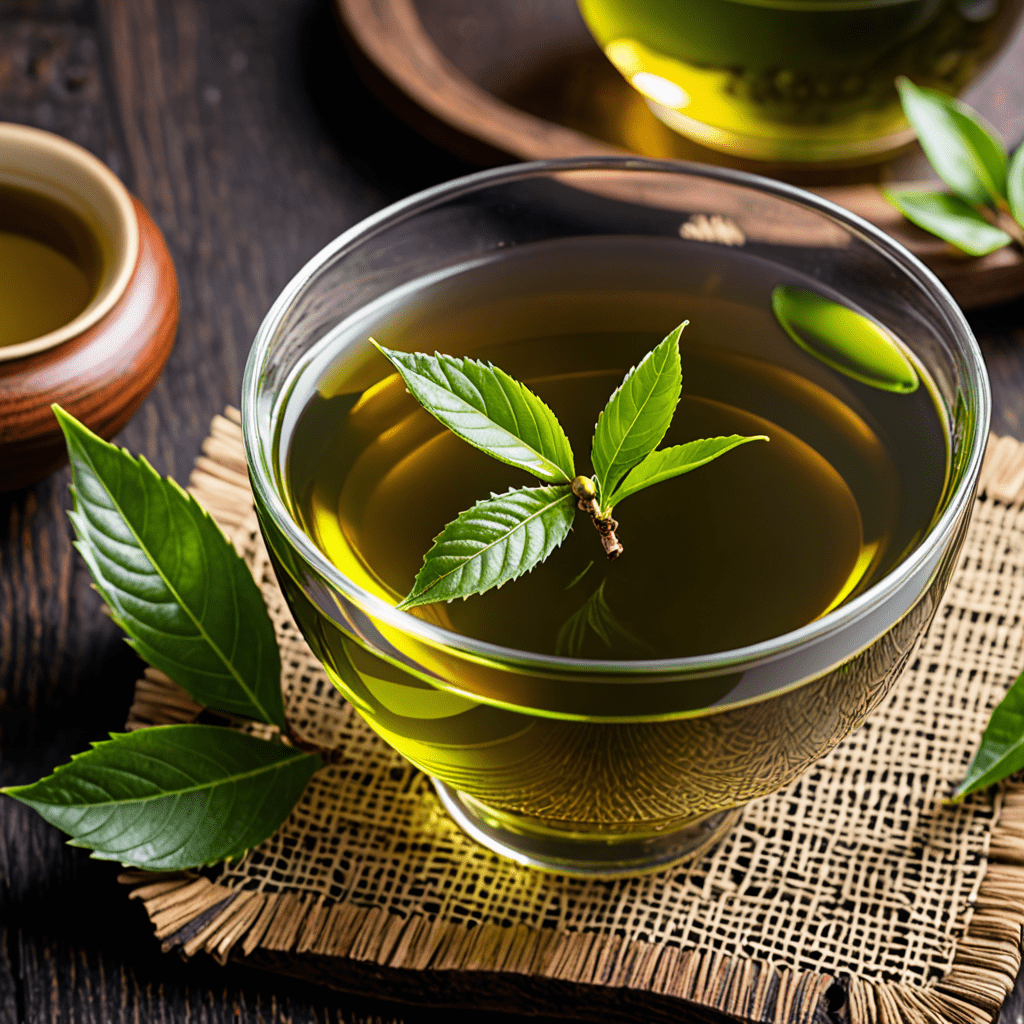“`html
White Tea: Unraveling Its Mysteries
White tea is a fascinating beverage with a rich history and a plethora of health benefits. In this article, we will delve into the world of white tea and explore its mysteries.
Understanding White Tea
White tea is a type of tea that is minimally processed and is derived from the Camellia sinensis plant. It is known for its delicate flavor, subtle aroma, and light color. Unlike other types of tea, white tea undergoes minimal oxidation, which helps retain its natural antioxidants and nutrients.
The Origins of White Tea
The origins of white tea can be traced back to China, where it was initially reserved for the royalty. The delicate and intricate process of harvesting and preparing white tea leaves was considered an art form. Today, white tea is produced in various regions, including China, India, and Sri Lanka.
Health Benefits of White Tea
White tea is renowned for its numerous health benefits. It is packed with antioxidants that help protect the body from free radicals and reduce the risk of chronic diseases. Additionally, white tea has been associated with improved skin health, enhanced oral hygiene, and potential weight management benefits.
Types of White Tea
There are several varieties of white tea, including Silver Needle, White Peony, and Long Life Eyebrow. Each type varies in flavor, aroma, and appearance, offering a diverse range of options for tea enthusiasts to explore.
How to Brew White Tea
Brewing white tea requires precision and care to fully appreciate its delicate flavors. It is best brewed with water that is below boiling point to avoid scorching the delicate leaves. Steeping white tea for a short duration allows for a milder flavor, while a longer steeping time enhances its robustness.
Exploring the Mystique of White Tea
White tea continues to captivate tea connoisseurs and health enthusiasts alike, and its mystique lies in its delicate nature, rich history, and numerous health benefits. Exploring the world of white tea opens up a journey of flavor, culture, and wellness.
“`
White Tea: Unraveling Its Mysteries FAQ
What is white tea?
White tea is a delicate and minimally processed type of tea made from the young leaves and buds of the Camellia sinensis plant. It is known for its subtle flavor, light color, and potential health benefits.
How is white tea different from other types of tea?
White tea undergoes minimal processing, which sets it apart from green, black, and oolong teas. It is harvested at an earlier stage, usually before the leaves fully open, and undergoes minimal oxidation. This results in a mild flavor and light color.
What are the potential health benefits of white tea?
White tea is rich in antioxidants, such as catechins and polyphenols, which may help protect the body from damage caused by free radicals. It may also have anti-inflammatory and antimicrobial properties, and some studies suggest it could support heart health and weight management.
How should white tea be brewed?
To brew white tea, use water that is around 175°F (80°C). Allow the tea to steep for 2-4 minutes, depending on your preference. Use about 2 grams of white tea per 6 ounces of water. Avoid boiling water, as it can cause the delicate flavors to become bitter.


